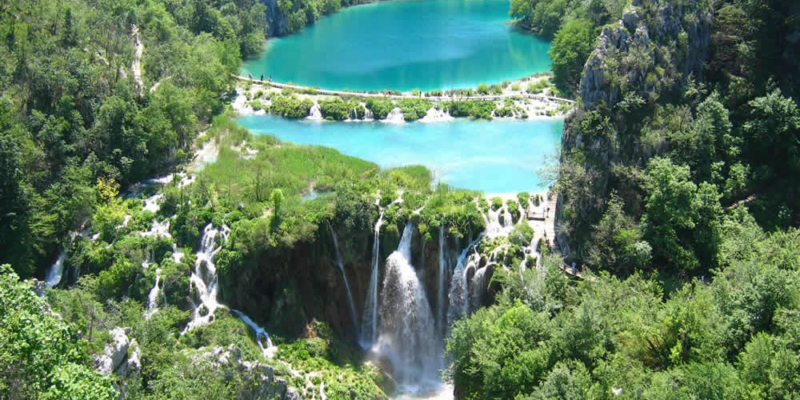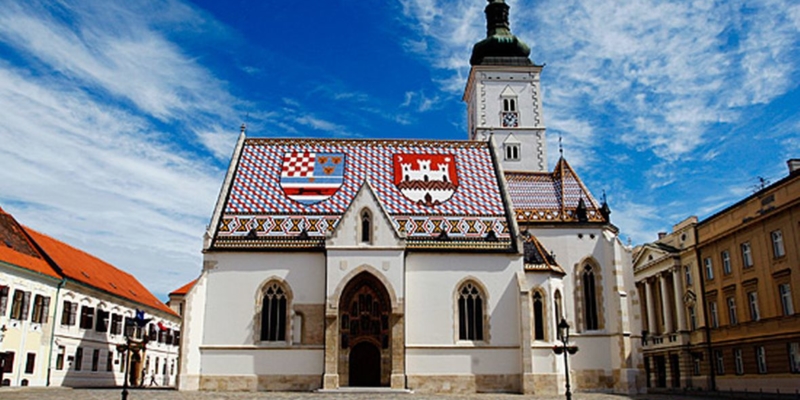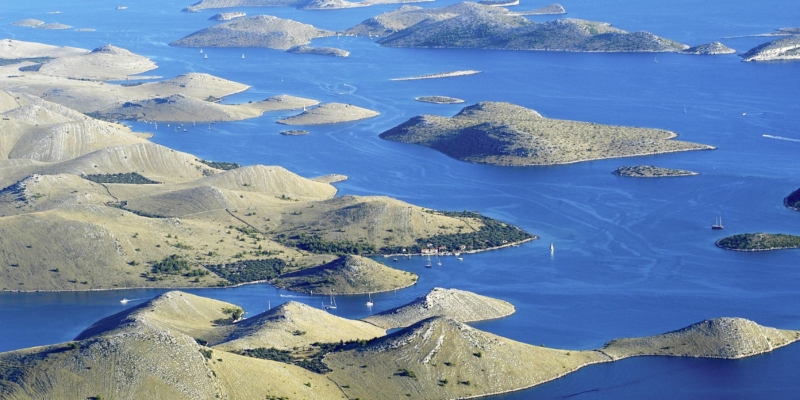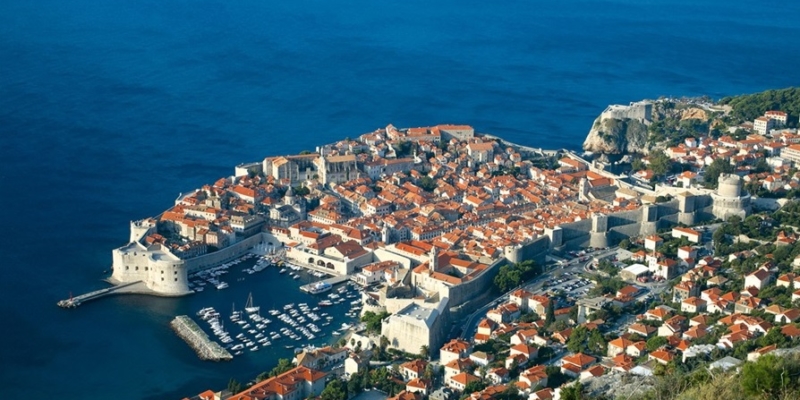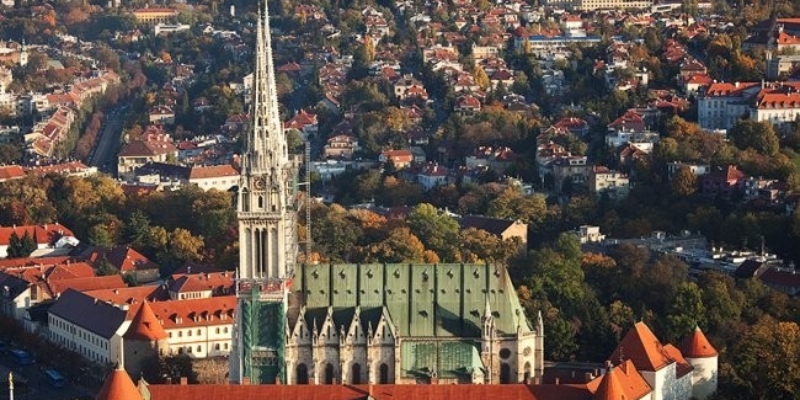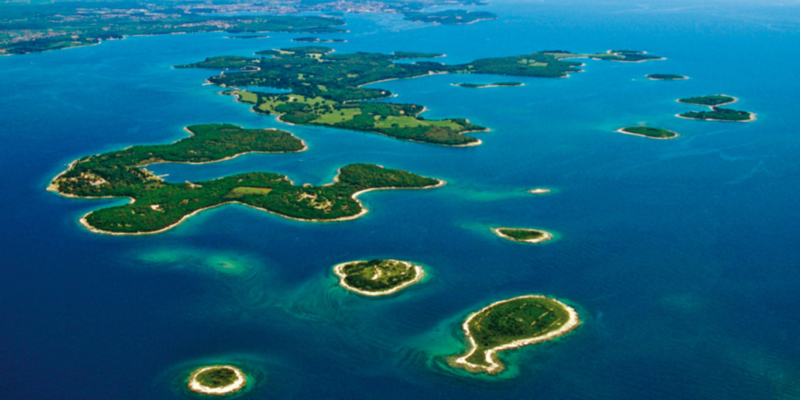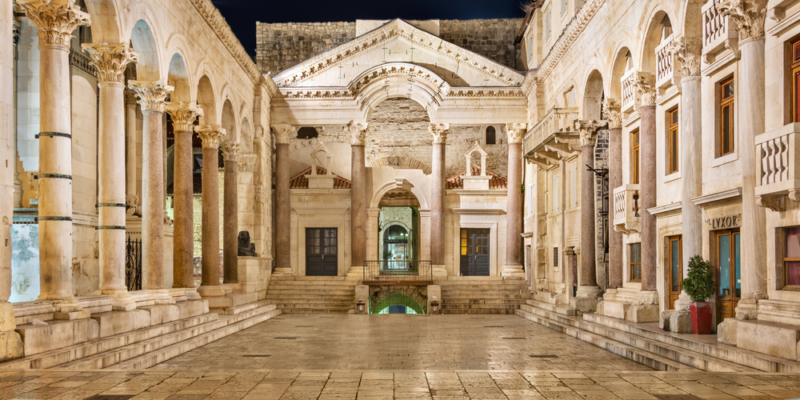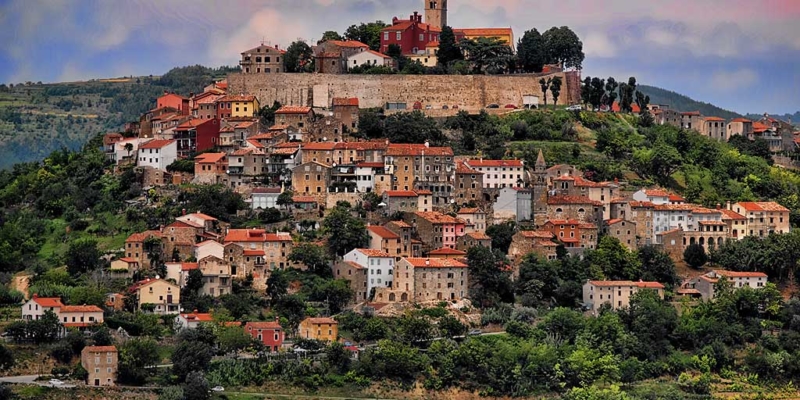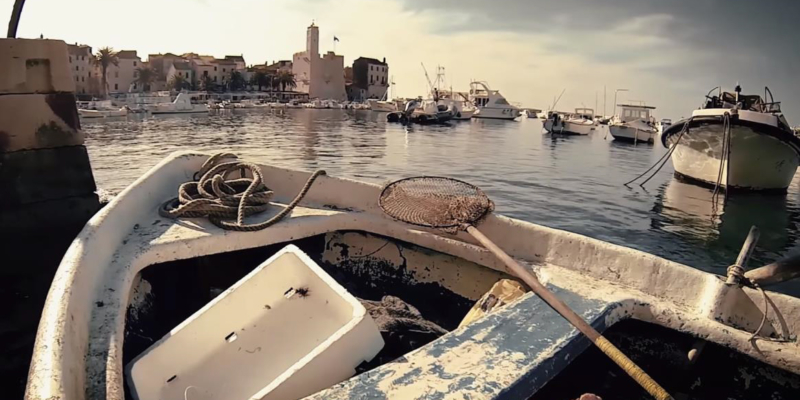The Republic of Croatia borders Slovenia, Hungary, Serbia, Bosnia and Herzegovina and Montenegro, while the Adriatic Sea separates it from Italy.Its capital and the largest city is Zagreb with the population of over one million. Other major cities are Split, Rijeka, Osijek, Zadar, Pula and Varaždin. The country is divided into 20 counties and the city of Zagreb and covers a total area of 56,594 square kilometres.
In the Croatian part of the Adriatic Sea, there are more than thousand islands, islets and reefs, making the Croatian archipelago the largest in the Adriatic Sea and the second largest in the Mediterranean Sea. The population of Croatia is 4.29 million according to the 2011 census. The official language is Croatian, written in the Latin script. Most of Croatia has a moderately warm and rainy continental climate. The average monthly temperature ranges between −3 °C in January and 18 °C in July.
Croatia is at the same time a Central European, Mediterranean and Balkan country, and owing to both its geographical position and to its turbulent history, it is culturally very diverse. Croats came to the Adriatic Sea fourteen centuries ago. Originally a Slavic people, they founded a new homeland where they met the Illyrians, the Romans and Greek colonists. The tradition and culture of these ancient people left significant traces in the history of our country. For many centuries, Croatia was surrounded and influenced by different cultures – Italian, German, Hungarian, and was partly exposed to Oriental influences through several centuries of Turkish presence in the neighbourhood.After the World War II, Croatia became a member and a federal constituent of Yugoslavia, a socialist state. In June 1991, Croatia declared independence, but at the same time the country was attacked by Yugoslav National Army and Serb paramilitaries. The Croatian War of Independence was fought successfully during the next four years. Today Croatia is a member of the European Union, United Nations, the Council of Europe, NATO, the World Trade Organization and is a founding member of the Union for the Mediterranean. Although Croatia joined the EU on July 1st, 2013, the currency in Croatia is still the Kuna (Kn) which is divided into 100 lipas. The current exchange rate between the Kuna and various world currencies can be obtained from the Croatian National Bank.
Croatia is a country with a high quality of lifestyle, a multitude of cultural and natural resources, as well as attractions, such as camping, boating, wellness and active holidays. The UNESCO has inscribed Croatia on the world heritage list. With nine of its cultural phenomena Croatia has become the country with the most protected non-material heritage in Europe. On the other hand, seven cultural, historical and natural beauties have been included on the UNESCO list of world monumental heritage : the Palace of Dioklecian in Split, the Euphrasius Basilica in Poreč, the Plitvice Lakes, the Romanesque town of Trogir, the Old Town of Dubrovnik, the Šibenik Cathedral and the Starogradsko Polje on the island of Hvar.
Croatia has seven state universities, the oldest and the largest being the University of Zagreb ( founded in 1669), as well as numerous public institutes, among which the largest and most important, with its more than 500 scientists, is the Ruđer Bošković Institute, located in Zagreb. Educated people, men of letters and science in the spirit of their times first emerged in the Middle Ages in the Croatian towns along the Adriatic coast, under the influence of Venice and the Italian Renaissance. Of many towns in that age, one stands out in particular – the jewel of the Mediterranean, the city of Dubrovnik, which for many centuries was known as the Republic of Dubrovnik. The poet Marko Marulić of Split was a central figure of the period. His epic poem Judith (Judita), written in Croatian, marks the birth of the Croatian literature. Herman Dalmatin (astronomy, translation of important Arabic texts), active in Spain and France at the beginning of the twelfth century, is considered to be our first scientist. Ivan Česmički-Pannonius (a poet with interest in astronomy and astrology), Pietro Buono (a theoretical alchemist in Trogir), Gjin Gazulli-Gazulus (an astrologist, in Dubrovnik) also contributed to the sciences in the medieval period. In the seventeenth century Croatia gave several great scientists, such as Marin Getaldić (optics, in Dubrovnik), Marko Antun De Dominis (theory of the rainbow, the telescope, in Split) and Faust Vrančić (a famous constructor and engineer, in Šibenik and Padua).
 Ruđer Bošković, astronomer, philosopher, mathematician and physicist, was born in Dubrovnik in the eighteenth century, and active in Rome, Milan and Paris. His concept of the structure of matter published in the work Theory of Natural Philosophy had a strong influence on the development of physics at the time, and we consider this a most valuable Croatian contribution to the world of science.
Ruđer Bošković, astronomer, philosopher, mathematician and physicist, was born in Dubrovnik in the eighteenth century, and active in Rome, Milan and Paris. His concept of the structure of matter published in the work Theory of Natural Philosophy had a strong influence on the development of physics at the time, and we consider this a most valuable Croatian contribution to the world of science.
 Probably the most famous of all Croatian scientists, Nikola Tesla, born in Smiljan, was our greatest representative in the field of electrotechnical science, and it is impossible to imagine today’s world without his inventions in the late 19th and early 20th centuries. He is the only scientist from all Slavic nations to have had a physical unit named after him (the Tesla, T, for magnetic flux density).
Probably the most famous of all Croatian scientists, Nikola Tesla, born in Smiljan, was our greatest representative in the field of electrotechnical science, and it is impossible to imagine today’s world without his inventions in the late 19th and early 20th centuries. He is the only scientist from all Slavic nations to have had a physical unit named after him (the Tesla, T, for magnetic flux density).
In 19th century, Bishop Josip Juraj Strossmayer founded the South Slav Academy of Arts and Sciences (today: Croatian Academy of Sciences and Arts) in Zagreb. In the twentieth century Lavoslav Ružička (of Vukovar) and Vladimir Prelog (born in Sarajevo) were awarded Nobel Prizes for chemistry. We must not forget Andrija Mohorovičić (the Moho discontinuity) who is one of the most prominent earth scientists of the 20th century, as well as Milutin Milanković (born in Dalj), recognized as a founder of cosmic climatology. A large number of scientists who now work in Croatia stand out with their dedicated work and excellent results especially in the field of natural sciences and medicine. It is very worth to mention the significant achievements of Croatian scientists who work abroad. Ivan Đikić (born Zagreb) is a Croatian scientist dealing with biomedicine and health in the field of the basic medical sciences. He is prominent for his achievements made in cancer research. Also, one of the world leader in the field of interactive proteomics and development of methods to investigate protein-protein interactions is Igor Štagljar (born in Zagreb). Croatian scientists in Croatia and abroad give a great contribution to the promotion of Croatian science and culture and information exchange among the scientists themselves.


